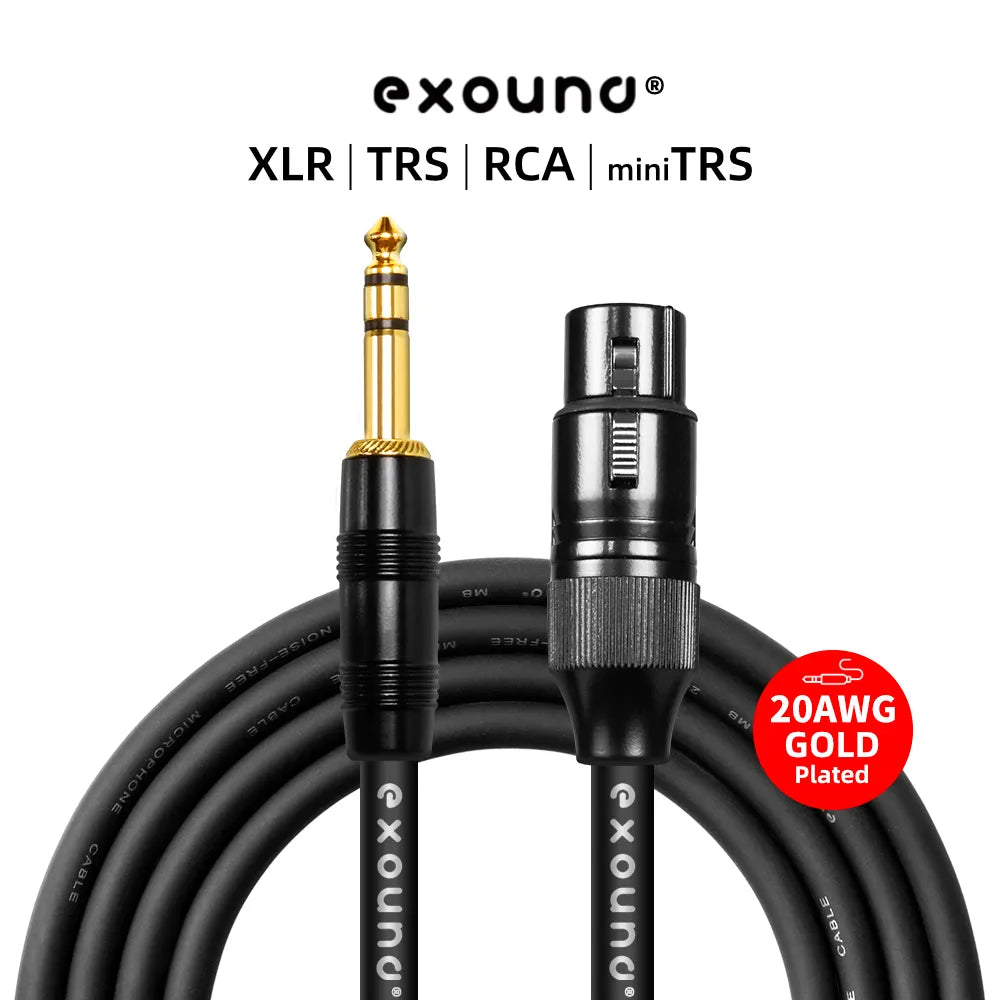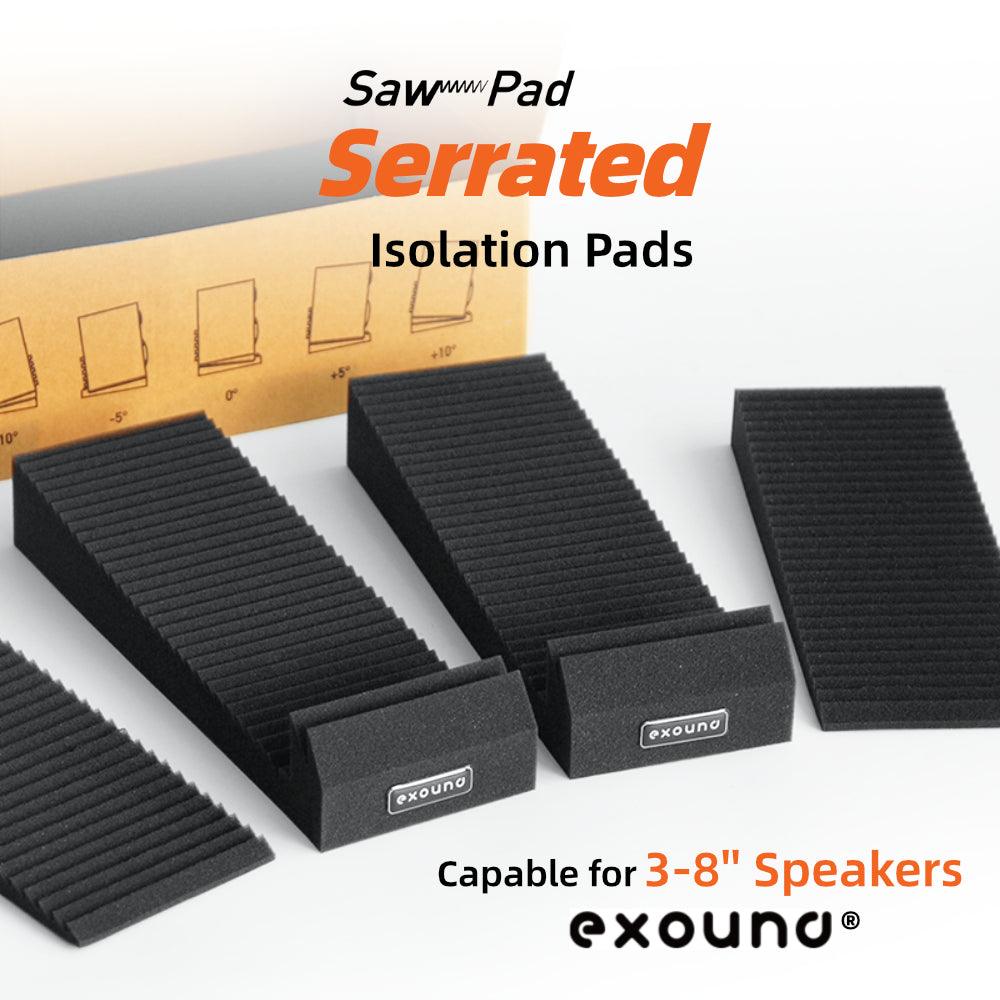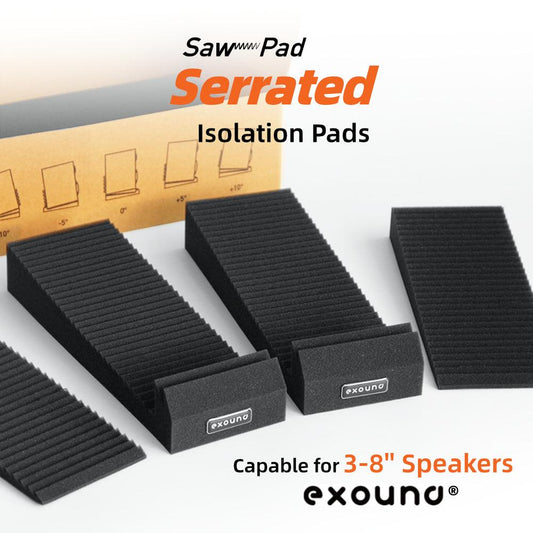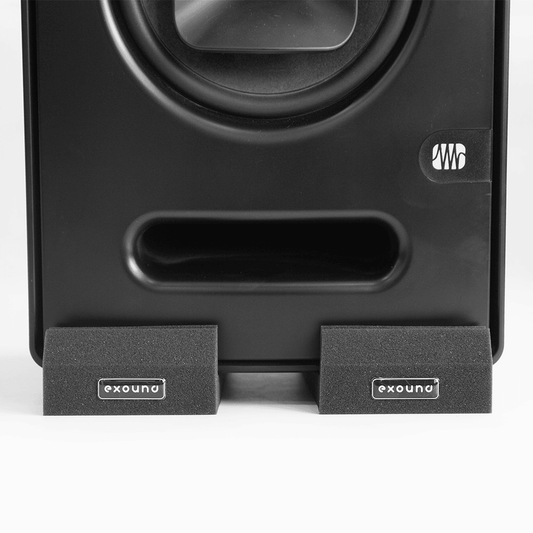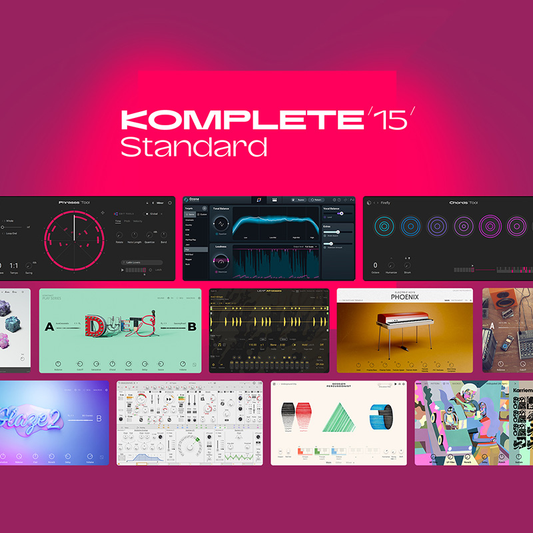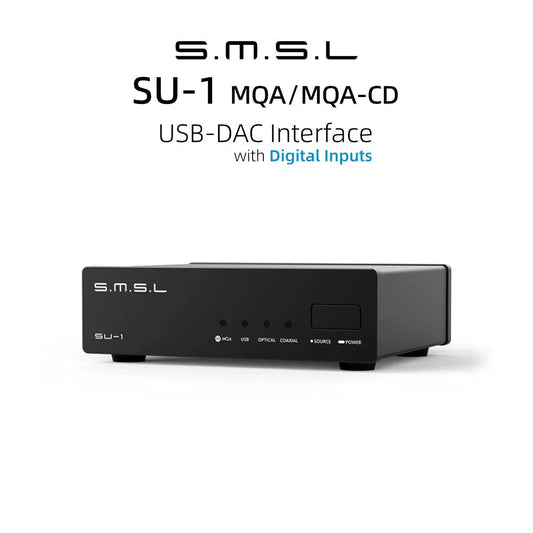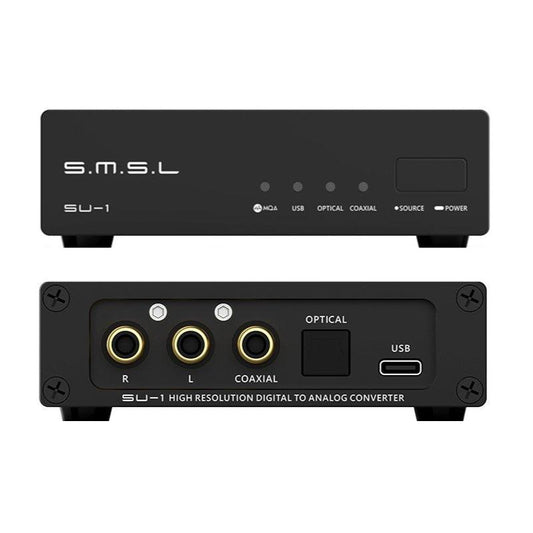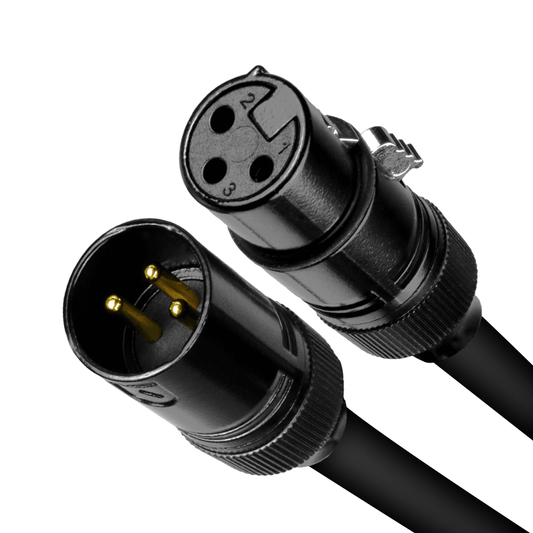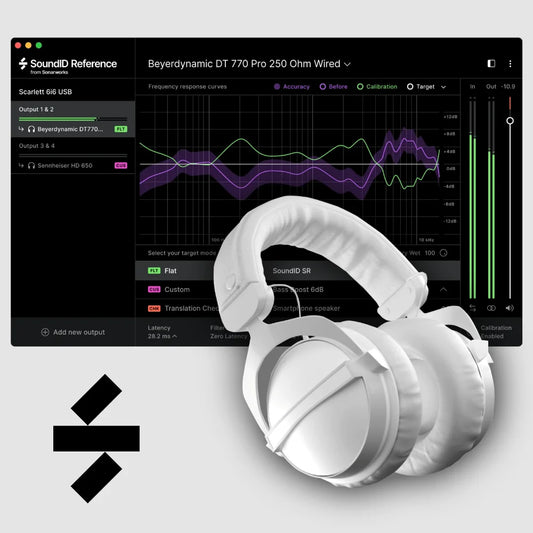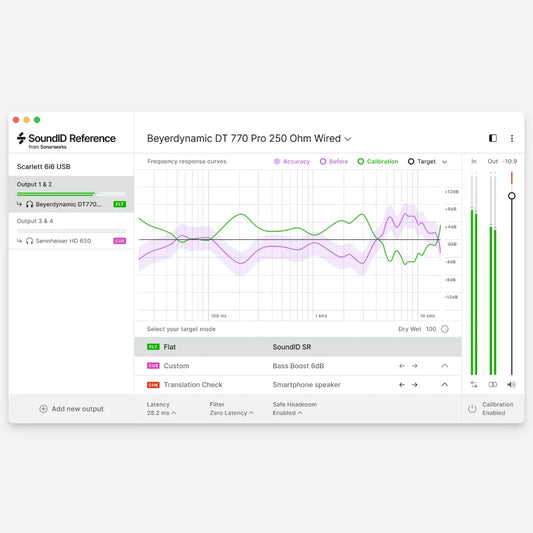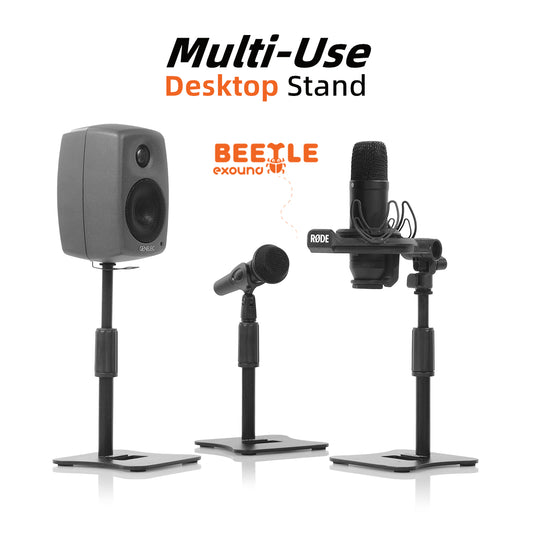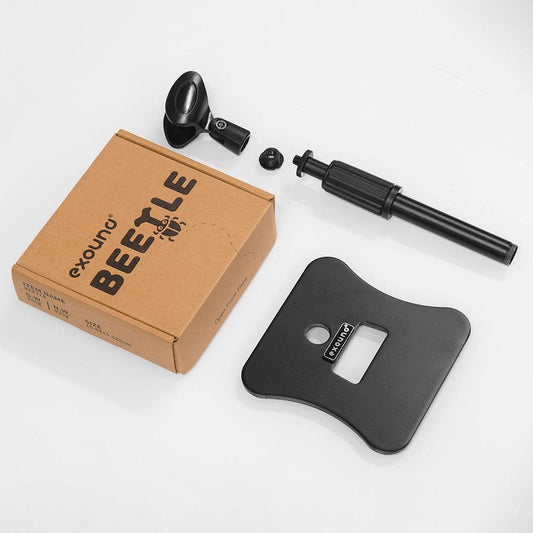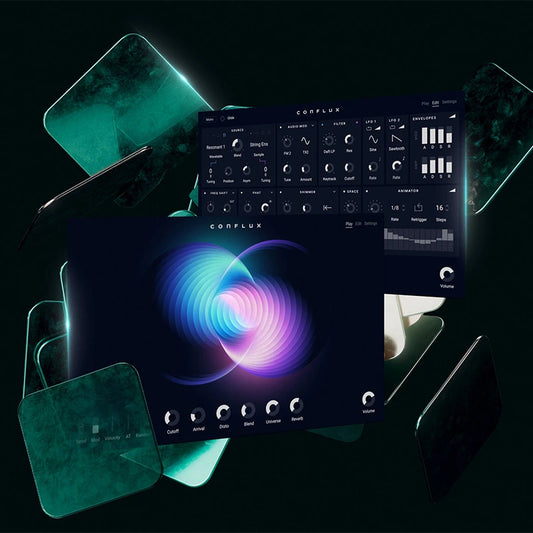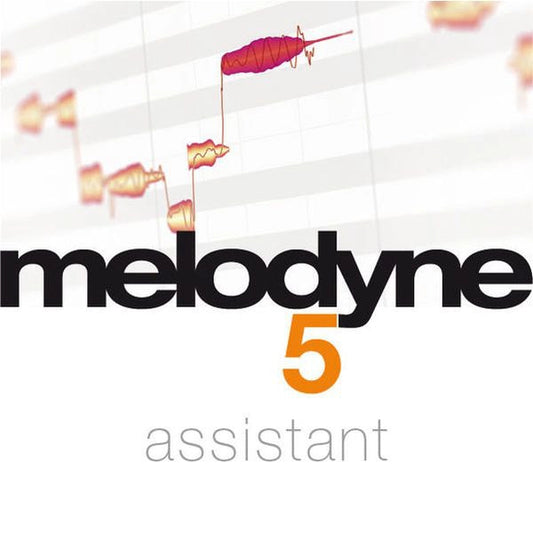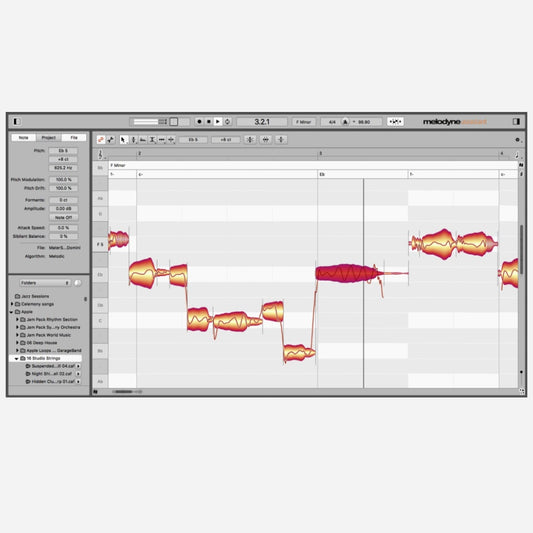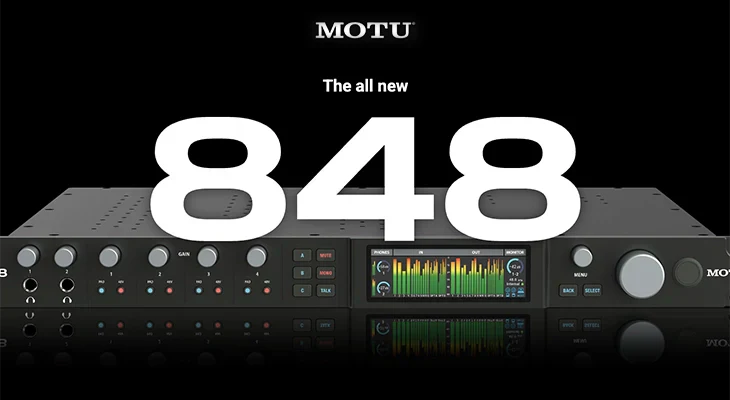
Nuevo MOTU 848: ¿Es esta la actualización definitiva de la interfaz de estudio?
Compartir este artículo
Durante la última década, la línea de productos de MOTU se ha dividido en dos categorías distintas: una dirigida a músicos y otra enfocada en aplicaciones de ingeniería de sistemas (con puertos de red AVB).
Anteriormente, MOTU intentó unir estas dos líneas de productos, incluyendo el UltraLite AVB (basado en el UltraLite 4) y el 828es (basado en el 828x).
Ahora, parece que MOTU ha decidido tomar un enfoque diferente, lanzando un modelo híbrido basado en el sexta generación del 828, officially dubbed the "848".
Página oficial del producto - motu.com/products/848
Exound ha compilado una tabla de comparación de especificaciones basada en la información disponible:

La calidad de audio del 848 es, de hecho, idéntica a la del 828, ambos ofrecen un rango dinámico de entrada de 120dB/salida de 125dB.
Lectura adicional - "El mito del rango dinámico: por qué tu interfaz de audio de 130dB no importa"
Así que no hay necesidad de profundizar en la calidad de sonido; aquellos interesados pueden consultar las reseñas detalladas del previamente lanzado interfaz de audio de sexta generación 828 en línea.
Siguiendo la convención de nombres del 828, los dos "8s" representan el número de canales de entrada y salida de línea, mientras que el "2" indica el número de canales de preamplificación. Sin embargo, en la práctica, los "2" (canales de preamplificación usando entradas combo XLR/TRS) pueden funcionar simultáneamente como entradas de línea también.
Además, más allá de las 8 salidas de línea, también hay un par estéreo de salidas principales XLR. Así que, si somos meticulosos, técnicamente el 828 podría llamarse el "10210".

La convención de nombres del 848 es "de nuevo" algo diferente, ya que presenta nativamente 12 salidas de línea... Además, sus canales de entrada de preamplificación han aumentado de los del 828 2 canales a 4 canales (de ahí el "4" en 848), también utilizando entradas combo que pueden funcionar como entradas de línea.
Combinado con el 8 entradas de línea dedicadas nativas, el total coincide con las salidas de línea en "8+4" para 12 entradas de línea. Entonces, siguiendo las convenciones de nombres anteriores basadas en el recuento real de canales, también podría llamarse el "12412".
En este punto, aquellos familiarizados con los productos anteriores de MOTU podrían notar: MOTU de hecho ha usado "12" en la denominación de interfaces de audio antes, con el 1248 (mostrado a continuación, con 12 canales de salida, 4 entradas de preamplificación y 8 entradas de línea).
Las especificaciones se ven bastante similares, ¿verdad? ¡Precisamente! El 848 es esencialmente una "actualización" del 1248.

Al igual que el Interfaz de audio de estudio 16A de la misma generación, el MOTU 848 viene empaquetado con la interfaz de control de software "premium" de MOTU, CueMix Pro.
Mientras se utiliza un UltraLite MK5 u 828 puede hacerte parecer "Profesional" para la persona común,
MOTU considera que solo eres verdaderamente "Profesional" cuando utilizas interfaces habilitadas para AVB como el 16A y el 848. 🤣

A primera vista, CueMix Pro's la interfaz no parece muy diferente de CueMix 5, pero al observar más de cerca, notarás... una "virtual patchbay"...
El software ofrece impresionantes 128 x 128 canales (entrada/salida). Si he entendido correctamente... estos canales pueden funcionar como "canales de retorno".
Anteriormente, al discutir sobre el MK5 y el 828, algunos usuarios se quejaron de que "no se podían aplicar efectos a los canales de salida". Bueno, ahora puedes usar cualquier canal para devolver las salidas internamente, agregar los efectos deseados y luego volver a enviar la señal.

Aunque me había preparado mentalmente, aún me quedé bastante sorprendido cuando abrí la "routing grid" interfaz...
Conté cuidadosamente... el eje horizontal tiene 386 canales, mientras que el eje vertical tiene 354 canales...

Si te estás preguntando cómo conté esto, seguramente ya no tengo un 848 en mis manos, ¿verdad?
Pues, en realidad, tú también puedes. Simplemente descarga el controlador del 848 desde el sitio web oficial de MOTU e instala CueMix Pro.
Luego selecciona "virtual 848" en la interfaz principal, y podrás operar el software sin el hardware físico...




